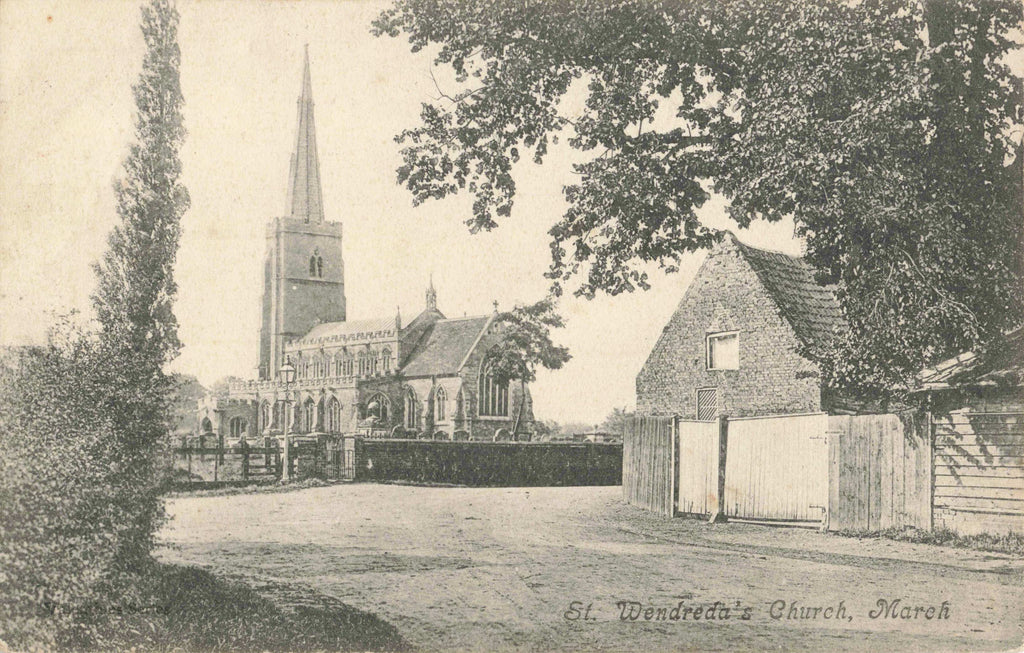
Of all the churches with Angel roofs to be found in Britain, around 70 percent of them are in East Anglia. Though some churches only mange a few of these carved spirits, others have become more famous for them, like St Wendreda’s Church in March.
A large building in an unremarkable town, John Betjeman quipped it was ‘worth cycling forty miles into a head wind‘ to see. Altogether the church features 118 angels arranged in rows attached to the doubled hammer beams of the roof. The whole thing feels at first rather Germanic, like a wall of antlers due to the size of the angel’s wings. Most of these have been restored over the years since their original construction 600 years ago, but they remain a wonderful example of how churches were once places of artistic glory, craft and colour before the dissolution of the monasteries and the reformation of what East Anglia suffered more than most being the homeland to Cromwell.
Thankfully it was more effort for Cromwell’s cronies to reach them, and so many survive. The town was rather prosperous in the Elizabethan era, having a workable river port and large areas of fertile arable land. This is also a reason for the large church.

When the railways where built in Britain a large yard was built and the sidings became the largest in Britain, however the demand for goods by railway receded with the introduction of lorry haulage and the yard eventually was sold off in the 1990s and the government built Whitemoor Prison on part of the site.
March was home to a few curious people, one being Eric Sherbrooke Walker, whose Treetops hotel in Kenya was the place Queen Elizabeth II was with her husband Philip when her father George VI died. However the Queen only discovered her Accession when she was staying at Sagana Lodge in another part of Kenya.
The town of March, much like Ely, was an island before the draining of the Fens. The town’s name comes for it’s record in the Norman Domesday book, Merche and likely from the Old English world Mearce meaning Boundry. It might have felt like the end of the world when the landscape was surrounded by water until the Romans built causeway roads over the areal from Denver south of Downham Market, with Whittlesey and March being on the route, joining other roads at Flag Fen near Peterborough.